Studies show that Qigong is beneficial in lowering HIGH blood pressure
Hypertension affects an estimated 1.2 billion people and is a major risk factor for stroke, chronic kidney disease and heart attack. Around 26% of the global adult population experiences hypertension, with its prevalence expected to increase over time. Hypertension is understood to be a multifactorial disease with a variety of contributing factors. For 90% of people experiencing high blood pressure, there is no known cause and it is referred to as primary or essential hypertension (EH). This article represents the first meta-analysis of the effect of TaiChi/Qigong exercise (TCQE) on EH. The researchers’ findings suggest that TCQE is a complementary and alternative therapy for people with essential hypertension.
The results of comprehensive analysis of 9 randomized-controlled trials involving 516 people with essential hypertension (with TCQE intervention durations of 1.5-6 months) showed that compared with control interventions, experimental interventions were more effective in reducing the systolic blood pressure and the diastolic blood pressure. Importantly, studies have demonstrated that Qigong is beneficial in lowering blood pressure as well as improving life qualities. Combining qigong practice with drug therapy for hypertensive patients resulted in reduced incidence of stroke and mortality and reduced dosage of drugs required for blood pressure maintenance.
Recent SYSTEMATIC REVIEW AND Meta-Analysis
The Efficacy of Tai Chi and Qigong Exercises on Blood Pressure and Blood Levels of Nitric Oxide and Endothelin-1 in Patients with Essential Hypertension: A Systematic Review and Meta-Analysis of Randomized Controlled Trials
Dingcheng Liu, Lan Yi, Meixiao Sheng, Gang Wang, and Yanqin Zou
Evidence Based Complementary Alternative Medicine. 2020; 2020: 3267971.
Study published online 2020 Jul 30. doi: 10.1155/2020/3267971
Abstract
Objective
Tai Chi and Qigong are the two similar traditional Chinese wellness exercises. A strong body of published clinical randomized controlled trials (RCTs) has investigated the health benefits of Tai Chi and Qigong exercises (TCQE) in patients with essential hypertension (EH). This is the first meta-analysis to evaluate the efficacy of TCQE on blood pressure (BP) and blood levels of nitric oxide (NO) and endothelin-1 (ET-1) in EH patients and explore the potential antihypertensive mechanism of TCQE.
Methods
We conducted a literature retrieval for Chinese and English studies in seven databases from their respective inceptions until January 14, 2020. All RCTs examining clinical efficacy of TCQE for EH patients were considered. The major therapeutic outcomes of TCQE were changes in the blood levels of NO, ET-1, and BP in EH patients. Methodological quality of the included RCTs was detected via The Cochrane Risk of Bias tool. We evaluated the data reported and performed the meta-analysis by Review Manager 5.3 software.
Results
9 RCTs involving 516 EH patients were included. The intervention duration lasted from 1.5 months to 6 months. The results of comprehensive analysis showed that compared with control interventions, experimental interventions were more effective in reducing the systolic blood pressure and the diastolic blood pressure and contributed higher blood levels of NO and lower blood levels of ET-1.
Conclusions
TCQE could be an effective complementary and alternative therapy for EH. The lower BP in EH patients who practice TCQE may have some connection with exercise-related increased blood NO levels and decreased blood ET-1 levels. However, further research is needed to make clear the efficacy of TCQE in management of EH and the mechanism of lowering BP in TCQE.

